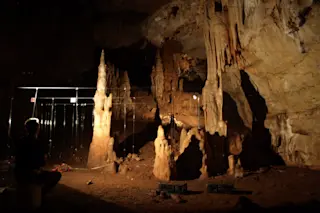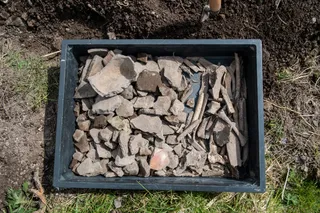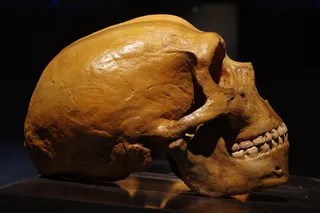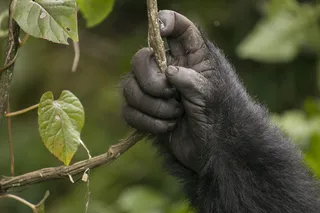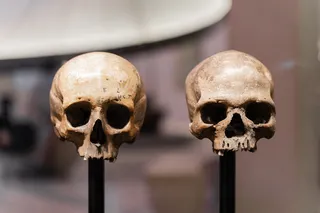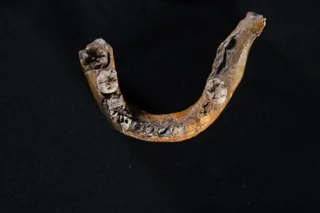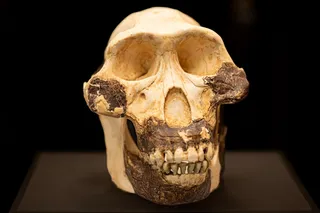A cave in Israel may have once been a ritualistic gathering site for early humans some 35,000 years ago, likely making it the earliest ritual site in Southwest Asia. The multifaceted research team found the ritualistic evidence in Manot Cave — a famous excavation site in Galilee, Israel.
The cave is most notable for the discovery of a 55,000-year-old humanoid skull by a team from Case Western Reserve. The skull helped provide evidence that Homo sapiens and Neanderthals interbred.
The cave provided shelter for H. sapiens and Neanderthals for thousands of years, and the findings published in the Proceedings of the National Academy of Sciences, could help us understand more about their social interactions.
(Credit Clara Amit, Israel Antiquities Authority) A rock carved to look like a turtle was placed in a niche in the cavern. The carvings were done approximately 35-37,000 years ago.
According to the study, the cave’s ...



